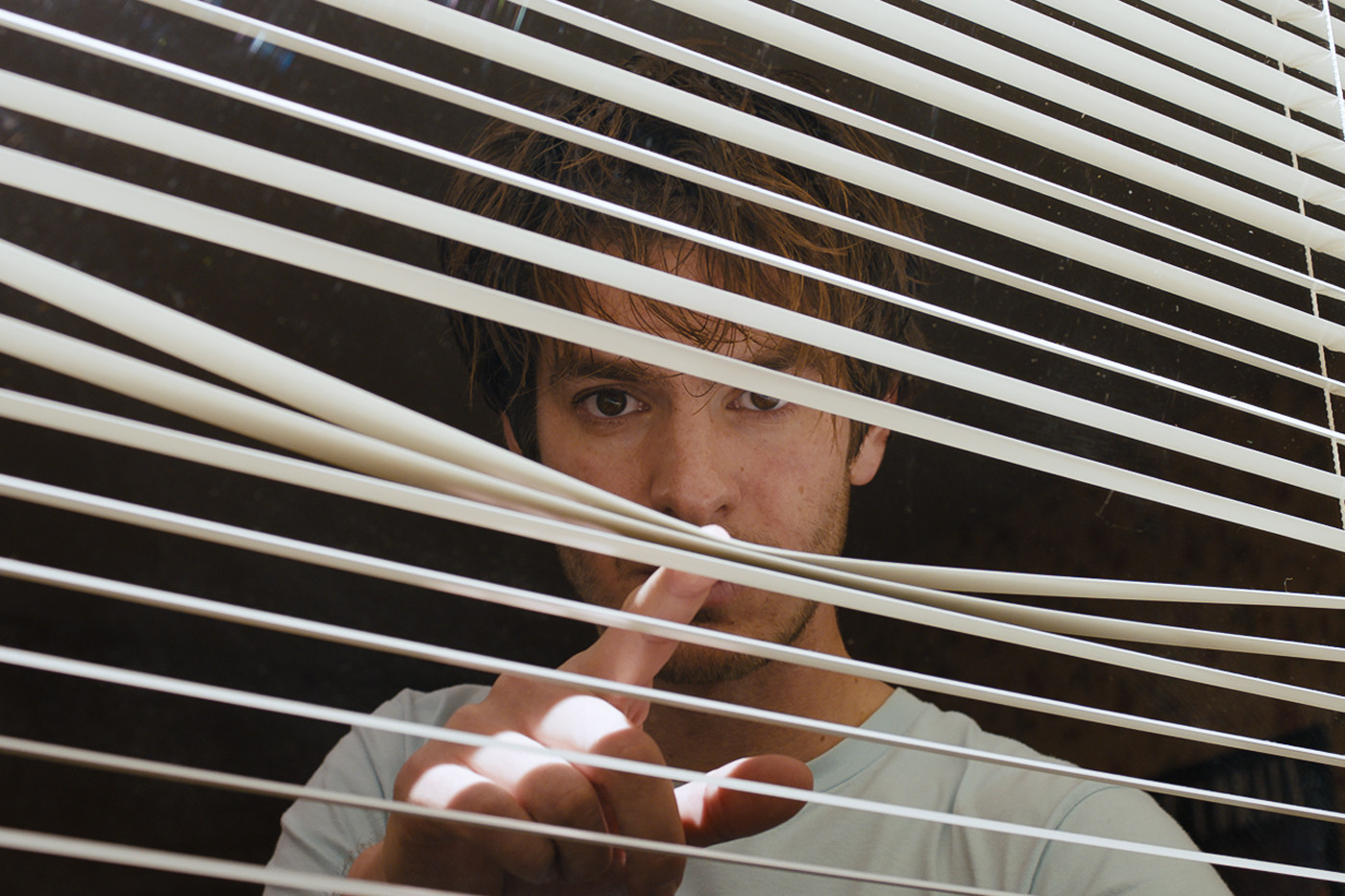
“We crave mystery because there’s none left.”
The millennial generation is infamously underpaid, overworked, and lagging behind where their parents were at the same age in terms of life accomplishments and experiences. These conditions provide a recipe ripe for creating a generation mistrusting of society and its institutions, something we are witnessing with the rise of conspiracy theories that have ushered in a return of diseases thought to be eradicated and the elevation of figures that would have been laughed out of the same rooms just a few years ago. The newness of this sociological issue has prevented it from being heavily explored in film until now.
In East Los Angeles, Sam (Andrew Garfield) meets his neighbor Sarah (Riley Keough), a mysterious and beautiful woman in their apartment complex swimming pool. When she suddenly moves out the next day, Sam embarks upon a quest around L.A. to find his ingenue, but instead falls down a rabbit hole of mystery, scandal and conspiracy.
Under the Silver Lake operates as the perfect film for our conspiracy obsessed age. Recent studies have attributed the compulsion for belief in far-reaching, and often far-fetched, vast entanglements of power and secrecy to the need for those who believe to feel unique and to regain some measure of control over their lives where they may have lost it. When we meet Sam, he is down on his luck, just five days away from eviction for hyper-delinquent rent payment and no way to earn money to pay back his debt. Just as Sam embarks on his journey to find Sarah, his car is repossessed. In our protagonist, we find a young man with no control over his life, one who admittedly has been prone all of his life to analyzing the mundane for hidden codes. This makes him the perfect candidate for being the type of person to fall down a rabbit hole, analyzing songs for hidden messages, and decoding symbolism from cereal box maps. But as viewers of HBO prestige television are aware, time is a flat circle and in his investigation, Sam discovers that on his journey to find out the secrets hidden underneath the veneer of structure in our society is the same thing he knew beforehand; the average person like Sam is considered inconsequential to those who hold power and wealth.
Under the Silver Lake is a neo-noir in every sense of the term, combining a classic film noir-styled plot with modern sensibilities. One standout utilization of noir tropes, is the scene where Sam first meets Sarah. Her face is partially darkened by shadows, partially lit around eyes by the light, recalling many of the classic films noir of cinema. The film utilizes music to great effect in mixing the modern with the nostalgic. Its orchestral score also hearkens back to Old Hollywood, assisting in establishing a veneur of the vintage amidst a modern setting. Yet, the film also employs modern pop songs as background music in various settings that gives it a contemporary feel and the sense that it is happening in the world as we now know it.
Under the Silver Lake is chock full of visual clues and storytelling that perfectly compliments the mystery at the center of the noir, giving the viewer the feeling of being a detective slowly putting all clues together to uncover everything themselves. There are the statuettes of Betty Davis, Marilyn Monroe, and Lauren Bacall with Zodiac Killer-like code on each name tag in Sarah’s room, that come into play late in the third act. A How to Marry a Millionaire movie poster on Sarah’s wall, hinting at a later reveal. The conversation between Sam and his bar buddy (Topher Grace) where Sam is asked if he has heard of the dog killers and replies “There’s more than one?” followed by a pair of headlights flashing through the bar’s windows, as if a light blub has just turned on in one of their heads. Writer and director of the film David Robert Mitchell stocks the film with so many hints that it will take multiple viewings just to catch them all.
Under the Silver Lake is an engrossing mystery packed with visual flair and wizardry. Andrew Garfield supplies one of one his best performances yet, taking a down on his luck and at times cretinous man and turning him somewhat sympathetic; while also completely believably displaying a descent into paranoia fueled by sorrow. Complimenting Under the Silver Lake’s visual storytelling, the film’s cinematography is also fantastic; employing a variety of striking camera shots, angles, cuts, and transitions that give Under the Silver Lake a fresh and never boring visual flair. Director/writer David Robert Mitchell utilizes fade-in scene transition shots as yet another homage to the classic noir the film is inspired by. Sam’s travels take the film throughout Los Angeles, stopping by various landmarks and capturing that beautiful L.A. nighttime skyline at various points of the film. In that way, Under the Silver Lake also serves as a love letter to the city, displaying both the glamour it’s known for, but also sharing a slice of life in the city not often depicted onscreen.
Image: A24

